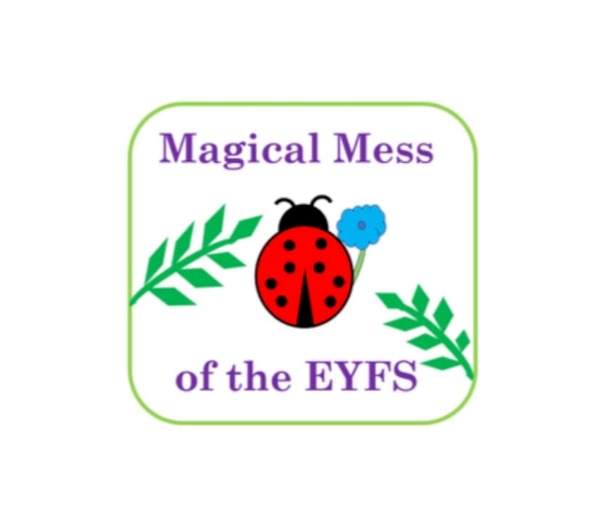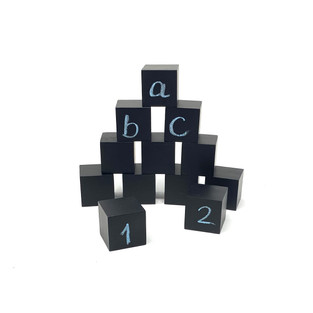The Benefits of Building Blocks
- James

- Nov 8, 2020
- 2 min read
One of the most traditional toys you could imagine, building blocks have been a part of children’s toy collection for centuries. With so many new and intriguing toys for sale it could be easy to disregard building blocks as boring or too simple however there is so much you can get from the humble building block. For ease I have broken the benefits up into the seven areas of the Early Years framework (UK) from Development Matters.
1.Communication and Language
Sitting with a child and building together is such a wonderful time to have a chat. As well as chatting about what you are doing or just having a natter you can introduce new vocabulary too. This is an excellent time to introduce positional language (in front of, behind, next to, etc), shape language, colours and building related language.
2.Personal, Social and Emotional Development
If playing with other children, this is a great time for practising those social skills. In particular problem solving and resolving conflict without aggression! It is great for initiating and carrying on play too. Even if a child is playing on their own this is a great activity for building resilience, in other words the ability to keep on trying when things go wrong and not to launch into tears or an almighty tantrum when that precious tower falls over.
3.Physical Development
In order to be an effective writer children need to have strong core muscle strength, strength and control in their shoulder, elbow and wrist and good hand-eye coordination. Building with blocks is a great activity to promote all of these skills.
4.Literacy
Building blocks for literacy? Ridiculous right? Wrong! In addition to building things to retell stories (three pigs house anyone?) or make up their own stories, you could also put letter stickers on building blocks. This will help with letter recognition and blending to make words. If you use both capital and lowercase letters then it will help for learning the letter sounds and names and also for finding and ordering the letters from your child’s name.
5.Mathematics
You can use blocks for counting, playing with shape and size, measuring length, comparing quantities, and learning shape names. The mathematics possibilities are endless.
6.Understanding the World
To learn more about people and communities try building houses together. Talk about the different types of houses people have and the rooms in them. You could also construct other familiar buildings such as the supermarket.
7.Expressive Arts and Design
Let your child’s imagination go wild as they build whatever they want and tell you what it is. Join in with their games and let them take the lead. Use the blocks as other things, for example get two plates out and have a block picnic or draw faces on them with crayons and make block people. If you are willing to sacrifice one or two blocks use them as paint stamps or to stamp into playdough.
So many ways to use the simple building block.
Read more from Dulcinea Norton-Morris at https://magicalmess.weebly.com/














Comments